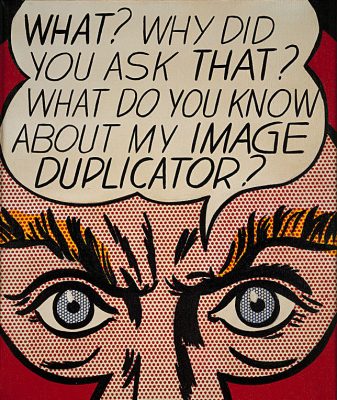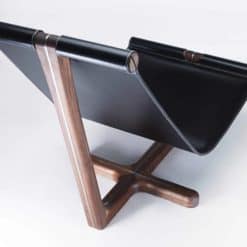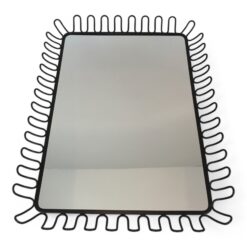Best Sellers
Uncategorized
Digital Art, Uncovered: A New Interior Design Frontier
How does Digital Art fit in at Styylish? As loyal readers of our blog and followers of our shop will know, we have a significant focus on antiques and antique furniture. But we are always expanding our reach for new uniquely artful pieces.
We have been adding contemporary design pieces to our catalogue, in order to expand our reach into unique design. Therefore, we are debuting a brand-new collection of digital art by French artist Sandrine Berthon. To understand how remarkable digital art like hers fits into the canon of art history, let us take a look at the processes and priorities of digital art and its antecedents.
A History of Printmaking

Digital art is based in the tradition of printmaking. The art of printmaking arose in the 16th century. With the advent of the printing press, the monastery scribes of the middle ages became obsolete. Theirs had been an art of individual skill and talent. Medieval manuscripts, often adorned with elaborate images and decorations, were all decorated by hand.
Above all, printmaking enabled the proliferation and production of texts and images in greater numbers. That is how books and pamphlets begun spreading around Europe. Together with newspapers, these printed goods drove the Renaissance and Enlightenment by educating the public.
But that new technology was not limited to the written word. The art of Albrecht Dürer, the German Renaissance artist, for instance, was heavily based in printmaking. Note the detail and depth that printmaking allowed artists for the first time – precise lines came from the carved woodprint, opening up a whole new realm of technological possibility.
As we will see, those same priorities underlie digital art.
Industrial Art

In the 19th century, lithography, a technique using limestone, became a popular way to proliferate drawings quickly. It formed the basis of photographic technology, thereby opening artists up to whole new realms of artistic flexibility.
Above all, the industrial technologies developed over the 19th century directly impacted the way art was made, constructed, or conceived. The rise of photography changed the way people recorded history and looked at reality. Therefore, it is no surprise that digital art similarly changes the way we perceive reality in the present.
We have talked about the impact of industry on interior design extensively. For more on the turn of the 20thcentury and Art Deco, check out some of our past blogs on the time period’s style, history, and artists.
Pop Art

By midcentury, printmaking had taken on a whole new meaning in visual art. From comic books to the pop art of Roy Lichtenstein and Andy Warhol, images embraced the technical features of printing in reproduction. Lichtenstein in particular focused heavily on emphasizing the ability of the medium to play with color, texture, and form.
The phenomenon of pop art, which was wide-spread across the Americas, celebrated and challenged the colors and ideas of consumerism. Therefore, as a populist art form, just like early prints, it reached people all over the globe and made visual art more accessible.
Digital Art
Digital Art stands as a natural successor of photography and pop art, lithography and print-making. The same principles apply: using new technologies and new aesthetics to reframe a technique or subject for a new artistic age.
Digital art is, above all, extremely diverse. From early computer programs that allowed users to do digital painting, to the use of computers to edit and combine photographs, the digital world allows artists a palette like never before. In addition, because of its open source nature, it allows anyone to begin experimenting with art, right on their own screen.
Sandrine Berthon: A Visionary Digital Artist
The digital art available on Styylish is not by any means common, however. Sandrine Berthon’s unique use of the form make

for striking additions to any wall. Educated in Paris, and residing in France, Berthon’s goal is to use the medium of digital art to physicalize dreamscapes. She is one of the many professional artists working today experimenting with new form.
In her phenomenal Prelude, available now on Styylish, Berthon digitizes the natural world in painterly style. The tree, through photographic and digitally layered, could be straight from a Van Gogh. Similarly to his work, it is in the spaces between objects that Berthon’s art truly shines. Her unique phosphorescent color technique leaves an imprint on memory.

Her ability to wield a popular form into true artistry is confirmed by her almost surreal take on machines. In this striking piece, titled Declinaison Marine, or maritime decline, she evokes both the capital commentary of pop art and the natural world. The rusted machine is almost beautiful in its subtly branching majesty.
Additionally, compare her work to some of the antique paintings we have on Styylish, and you recognize a clear connection and inspiration in the work of older masters.
This painting by Desiree Thomassin from the late 19th century, for instance, embraces the verticality of the boat mast.

As does this maritime scene by Sandrine Berthon, auspiciously titled Le promontoire du songe (Dream promontory). Note the cityscape rising from the vivid copper tones in the background. She has unquestionably created digital dreamscapes.

An New World of Possibilities
The beauty of digital art is its current development. We are watching a form grow and morph as we speak, witnessing a new age of digital creativity. Our express goal, to introduce you to unique pieces for your individual home, does not stop at the antique shop. We want to combine tasteful and impressive art from throughout the world, and history, to elevate your living space into a vibrant, cherished space.
Check out our catalogue for many, many more works by Sandrine Berthon. In addition, dive deeper to discover antique paintings and remarkable furnishings from various centuries. There truly is a whole world to explore.















































